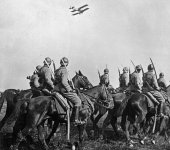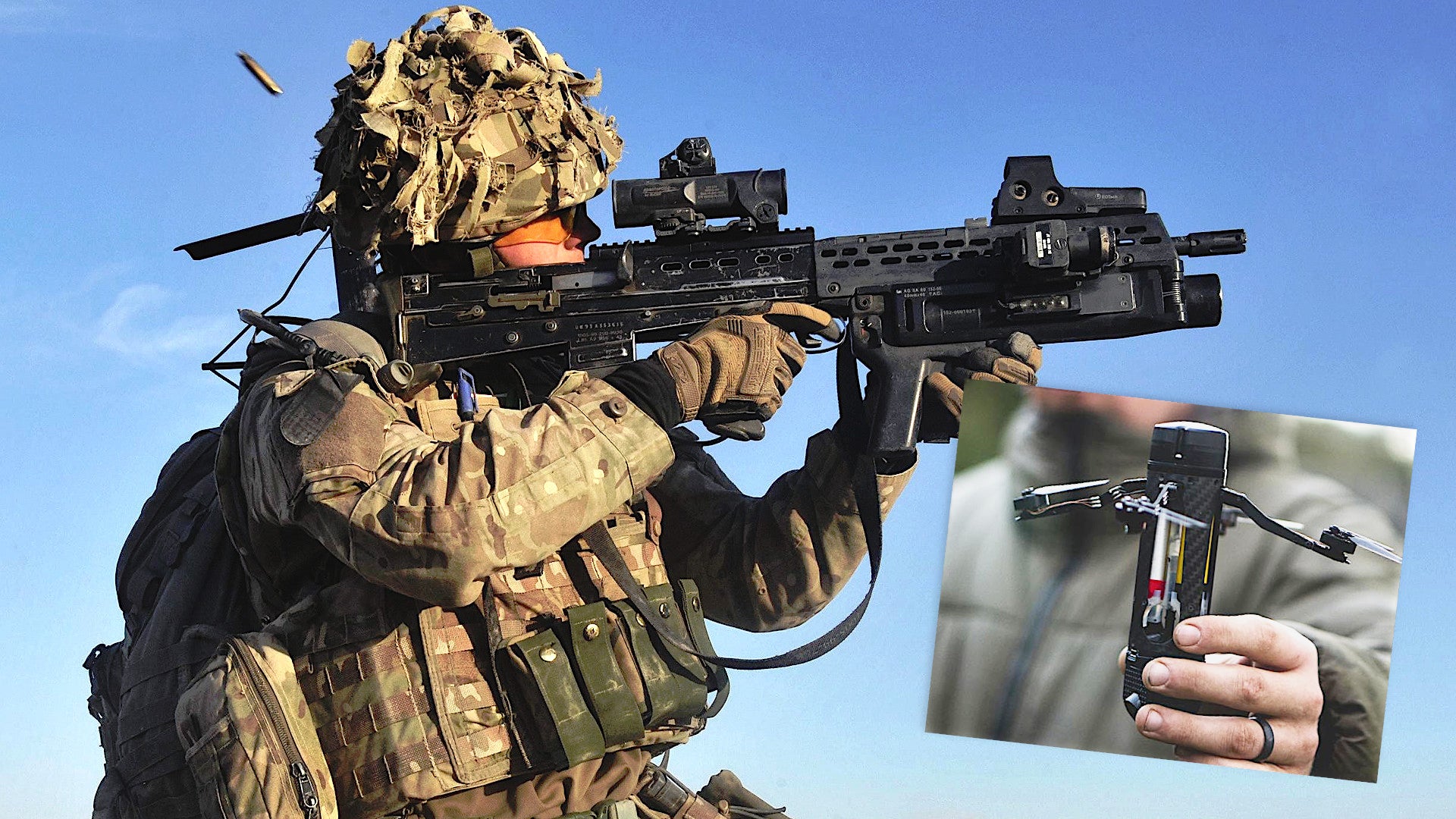I can't help but think the same thing.
The problem with all of these types of restructures (as it was with ours in the 2000s) is that once you let a capability go it's hard to build it back up again if you find that you need it.
While I see a use for light and agile forces (right up to the LAV variety) they are just as susceptible to all of the modern weapon systems that everyone is touting as making "heavy metal" obsolete. The big difference is that they are also vulnerable to a whole slew of other weapon systems that "heavy metal" is still impervious to.
A case in point is the Type 16 above that is armoured against up to 25mm on the front and 12.5mm on the sides. Not much value if your foe's primary ICVs (the ZBD04 and the Type 86) have 30mm guns. (and that's not counting all their tanks and atgms). Fully 40% of the PLAGF's 13 corps are armoured or mechanized. More and more, ICVs or cavalry vehicles carry 30mm or more - Stryker Dragoon, BMP2 and 3, BTR 90 @ 30mm; Ajax, EBRC Jaguar @ 40mm. What's worse is that as loitering munitions are developed a whole range of lighter, less expensive ones can be fielded (and which will proliferate) which will specifically target these lighter, "more agile" vehicles that everyone is turning to.
I don't know the answer to the future any more than the next guy and I'm quite certain that we need to remain on the leading edge of new weapons, equipment and doctrine BUT at the same time we need to keep a fallback "in reserve". Unlike the Americans who at least put their older but still serviceable equipment into storage at the Sierra Army Depot in the California desert when we divest it's usually gone. More importantly, many armies, including the US keep considerable amounts of the equipment needed only in times of war with reserve forces at a lower state of readiness and at significantly less annual cost. Why we won't do that utterly boggles my mind. Surely out of a $23 billion plus budget a hundred million or so could be scraped together to maintain and train on this equipment and keep the essential skills needed to operate it alive.
I think there will come a time when the Marines will kick themselves for not keeping some of their M1s "in reserve".






